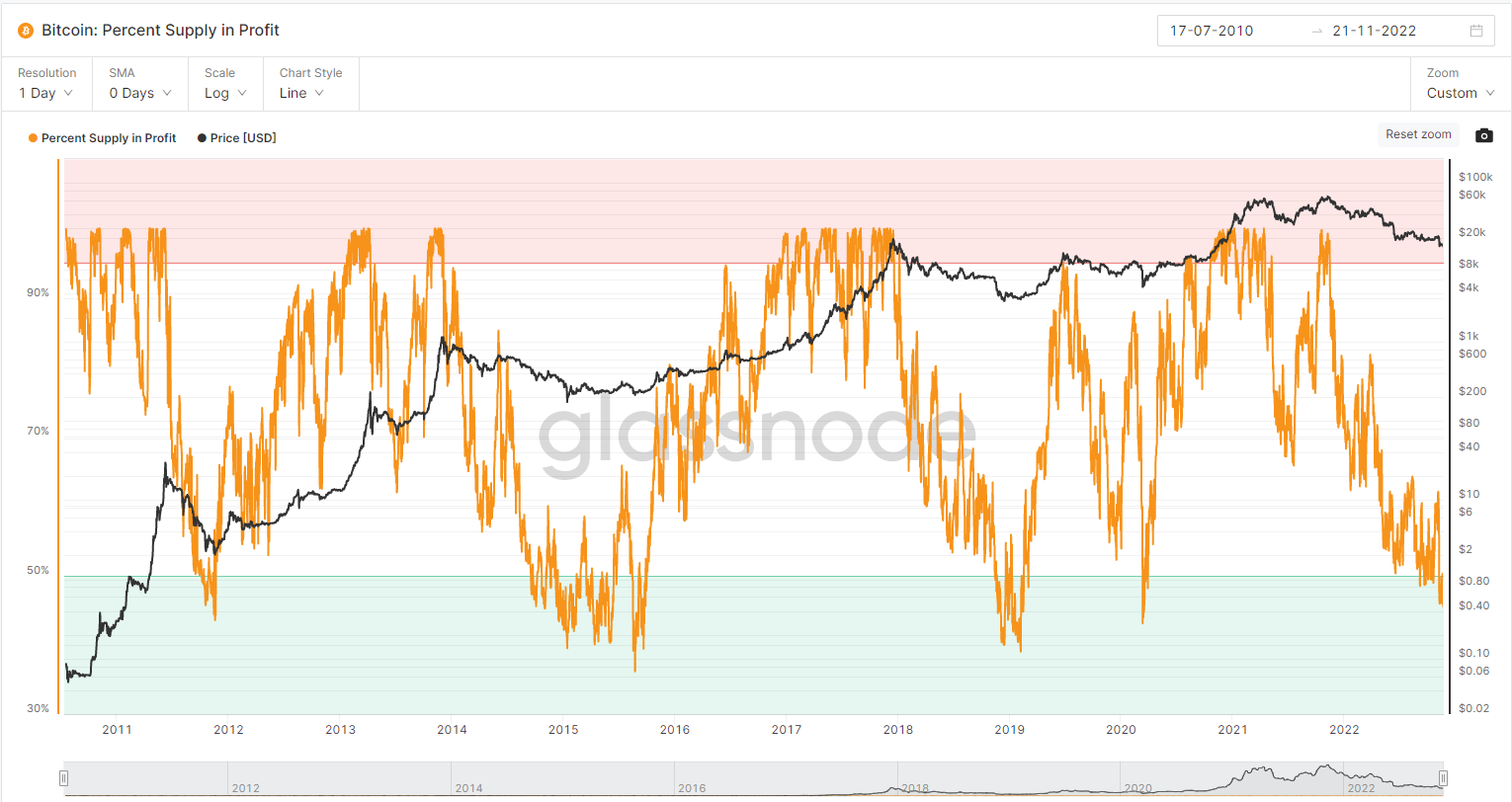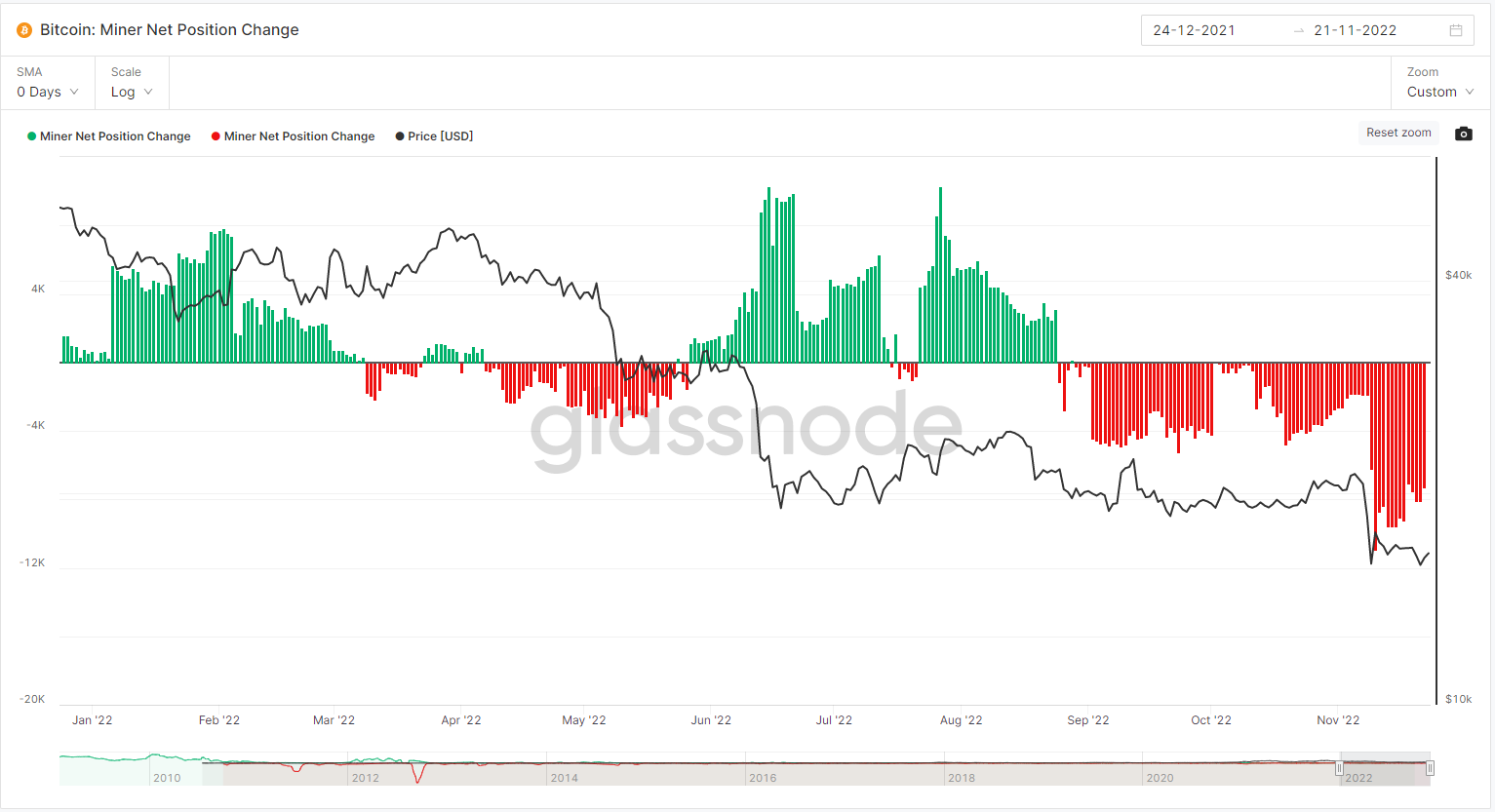The Commitment of Traders report shows asset managers reduced their open long positions by 559 contracts last week. This marks the second consecutive week of declines, as long positions decreased by 132 in the prior report.
Asset managers now account for 31% of open long positions on the Chicago Mercantile Exchange (CME), down from 43.4% a week prior. The reduction simply means that asset managers now account for a smaller percentage of bullish investors on the CME for the moment. The Commitment of Traders report is a weekly snapshot of open positions on the CME.
Leveraged funds, by contrast, increased their long positions by 1,367 contracts following a previous 1,694 contract increase. Leveraged funds now account for 30% of the open interest for long positions on the CME, and 51% of the open interest in short positions.
Fewer open long positions by asset managers generally means reduced exposure to BTC prices. Amid the recent downturn, bitcoin’s price is down 20% for November, and appear to be building a base of resistance around $16,500.
For leveraged funds, increased long positions could be a byproduct of funds buying futures contracts which currently trade at a discount to spot prices. This condition, referred to as backwardation is generally a bearish sign for markets.
Current bearishness will continue to pressure BTC markets in what has been a prolonged crypto winter. At current prices, just 45% of BTC supply is in profit, down from 70% in the beginning of 2022.
Bitcoin’s percent supply in profit has been lower in the past however, falling to 43% in March 2020, and as low as 39% in 2015. Historically, declines in percent supply in profit have marked short-term price bottoms for bitcoin.

(Glassnode)
Another note of concern is the reduction in net positions for miners, which coincides with an increased hashrate and an uptick in BTC being sent to exchanges.
As hashrate increases, the prospects for miners to generate a profit become more challenging. As that occurs, they often must sell their BTC holdings. Accelerated selling is likely to pressure bitcoin prices downward.

(Glassnode)



